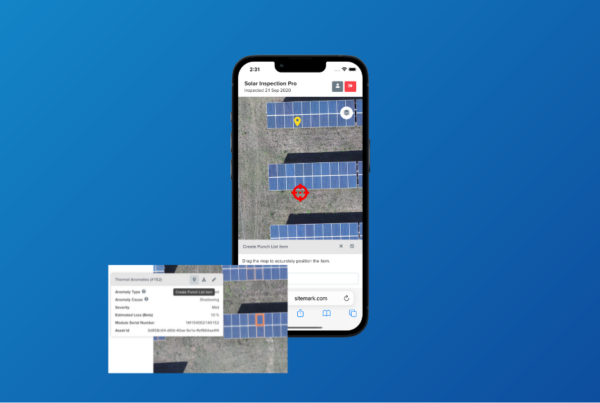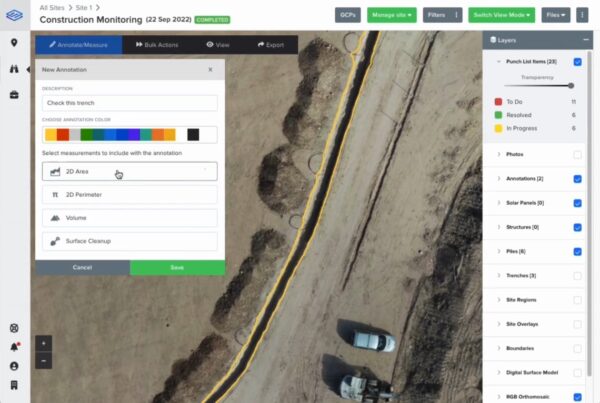Introduction
Sitemark’s Fuse platform is the heart of your digital twin. It contains all the information about your solar site, digitally and easily accessible.
An essential piece of information you want to have in your digital twin is the panel’s serial number which is unique to each panel.
This blog will explain the different ways of getting this information into your digital twin.
Why use serial numbers
As already mentioned, the serial number of a solar panel (photovoltaic module) uniquely identifies it from all the other solar panels. There can be no doubt about which panel is referred to when using the serial number. When a solar panel is being moved or replaced, it is an easy and faultless way to keep referring to the same panel.
Not only do the serial numbers complete your digital twin, but they also help in making warranty claims. When you make a warranty claim to the manufacturer, the serial numbers must refer to the respective broken panel(s).
Finally, having the serial numbers in the digital twin can help detect faulty panel batches. If a collection of successive serial numbers suffer from the same kind of defect, it’s most likely caused by a manufacturing problem.
Gather-all or targeted
Naturally, gathering all the serial numbers requires time and, thus, a cost. So, should you scan all serial numbers or only from specific panels? Scanning only the serial numbers of those with problematic anomalies that need to be replaced with a warranty claim is more cost-efficient. However, as mentioned in the previous part: having the complete digital twin can also give valuable insights (e.g., a particular batch of panels with more anomalies). Over time the serial numbers may become detached from the panels, illegible or faded due to long exposure to the sun. Therefore, having all the serial numbers in the digital twin is worthwhile so as not to lose these unique identifiers.
Our current recommendation is only to scan the panels with issues, as that is the most cost-efficient way to work.
Gathering methods
There are two main ways of gathering serial numbers: manual scanning and drone-based scanning.
Manual scanning
The most common way to gather serial numbers is by manually scanning the barcode of each module. Targeted scanning of modules always happens manually, but it also works for bulk scanning. Even though it sounds like a daunting task, a few things are working in its favor.
Firstly, scanning can be done efficiently by utilizing a Bluetooth barcode scanner. It connects to the smartphone or tablet and acts as a keyboard, typing out the code it scanned followed by an enter.
Even a basic setup using Excel works quite well this way. Using a dedicated field application optimized for efficient scanning, like our Field Link, can make it even more efficient while reducing the probability of mistakes.
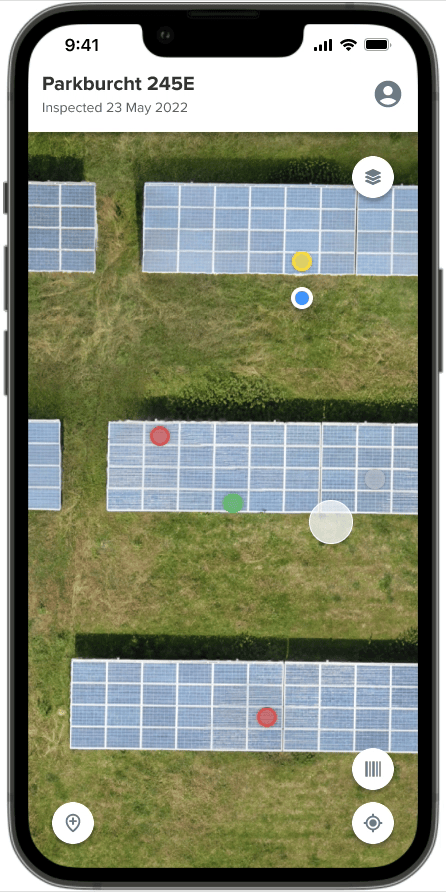
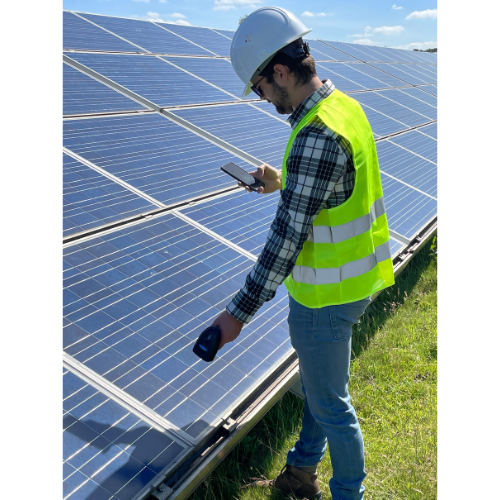
Secondly, it’s a simple task that can be done by non-expert personnel, like students or interim workers, which enables easy parallelization. Or you can divide larger sites into blocks and let one person scan each block.
Finally, it’s relatively flexible. Manual scanning can be performed in most weather conditions, making correcting mistakes easy. If a barcode sticker is a bit faded, scanning it can be retried several times, or the number can be read by the person scanning and entered manually.
💡Pro tip: for new sites, manual scanning can be added to the QC process in the construction or commissioning phase of the project, decreasing the overall effort.
Drone scanning
In recent years, drone-based scanning has gained popularity for acquiring serial numbers in bulk. The concept is relatively straightforward. The drone is flown over the modules and captures photos or videos of the modules. The barcodes can then be detected in the acquired imagery. Even though it sounds easy, there are a few drawbacks.
First of all, the imagery’s resolution must be very high to scan the barcodes reliably. Because of this, both flight altitude and flight speed are limited, drastically increasing the flight time required.
Secondly, drone pilots and barcode detection aren’t cheap. Even though the drone flight can be up to 10 times faster than manual scanning, pilots can be up to 10 times more expensive than non-expert personnel. If we add the processing and analytical costs, we typically have a higher cost per scanned module.
Finally, it’s less flexible, as it does not apply to all kinds of modules and requires relatively good weather conditions. Many modules don’t have serial number stickers on the front but on the back, making drone-based scanning impossible. With frameless bifacial modules gaining popularity, we expect this to become a bigger problem in the future. It’s also not easy to correct mistakes. If one of the barcodes can’t be scanned because the image is blurry or the sticker has started to fade, that barcode can’t be registered.
That being said, manual scanning is not always the better solution. It requires more preparation and planning to get it done efficiently. Drone-based scanning might be a good approach if you have modules with barcode stickers on the front and want to scan all serial numbers at once.
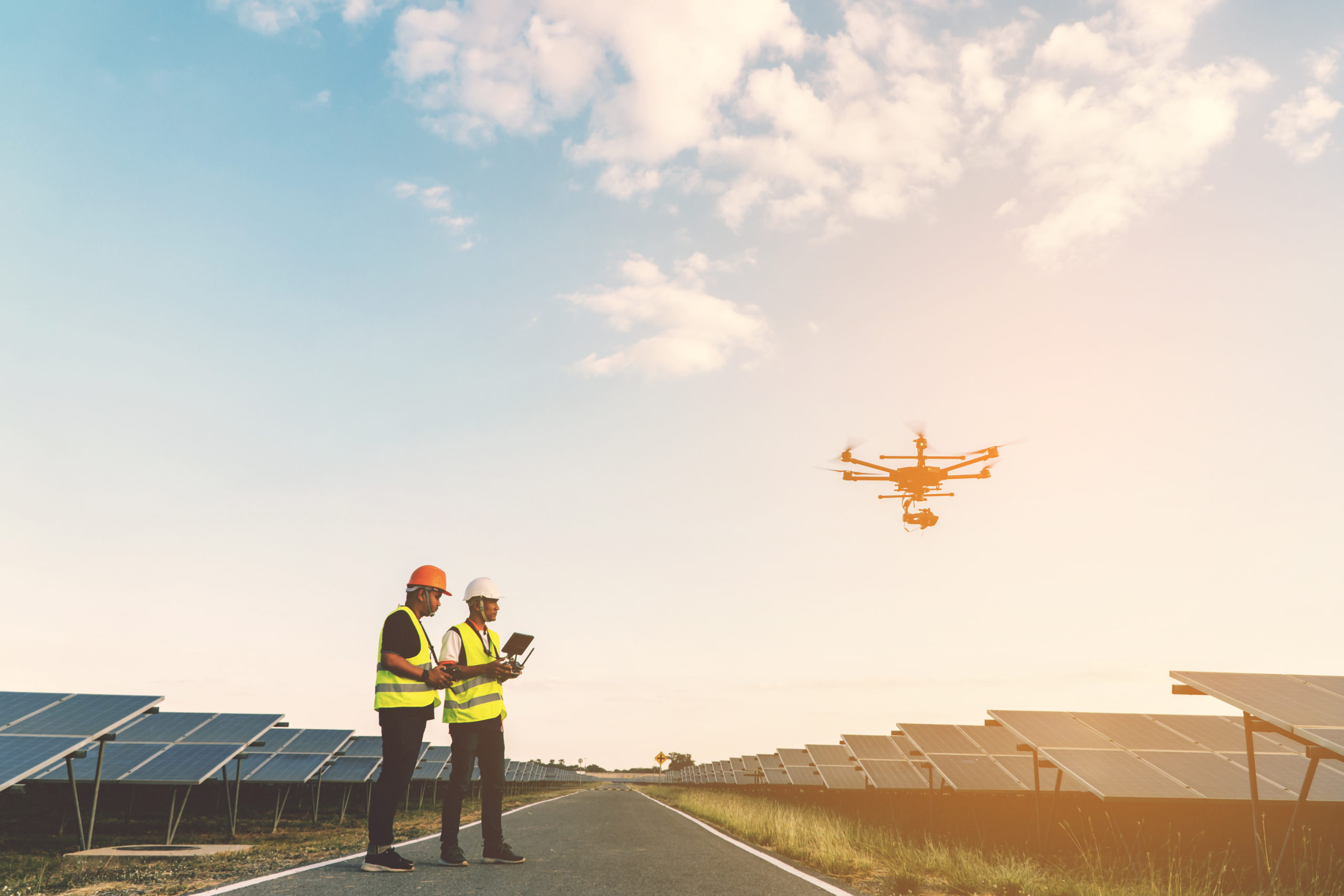
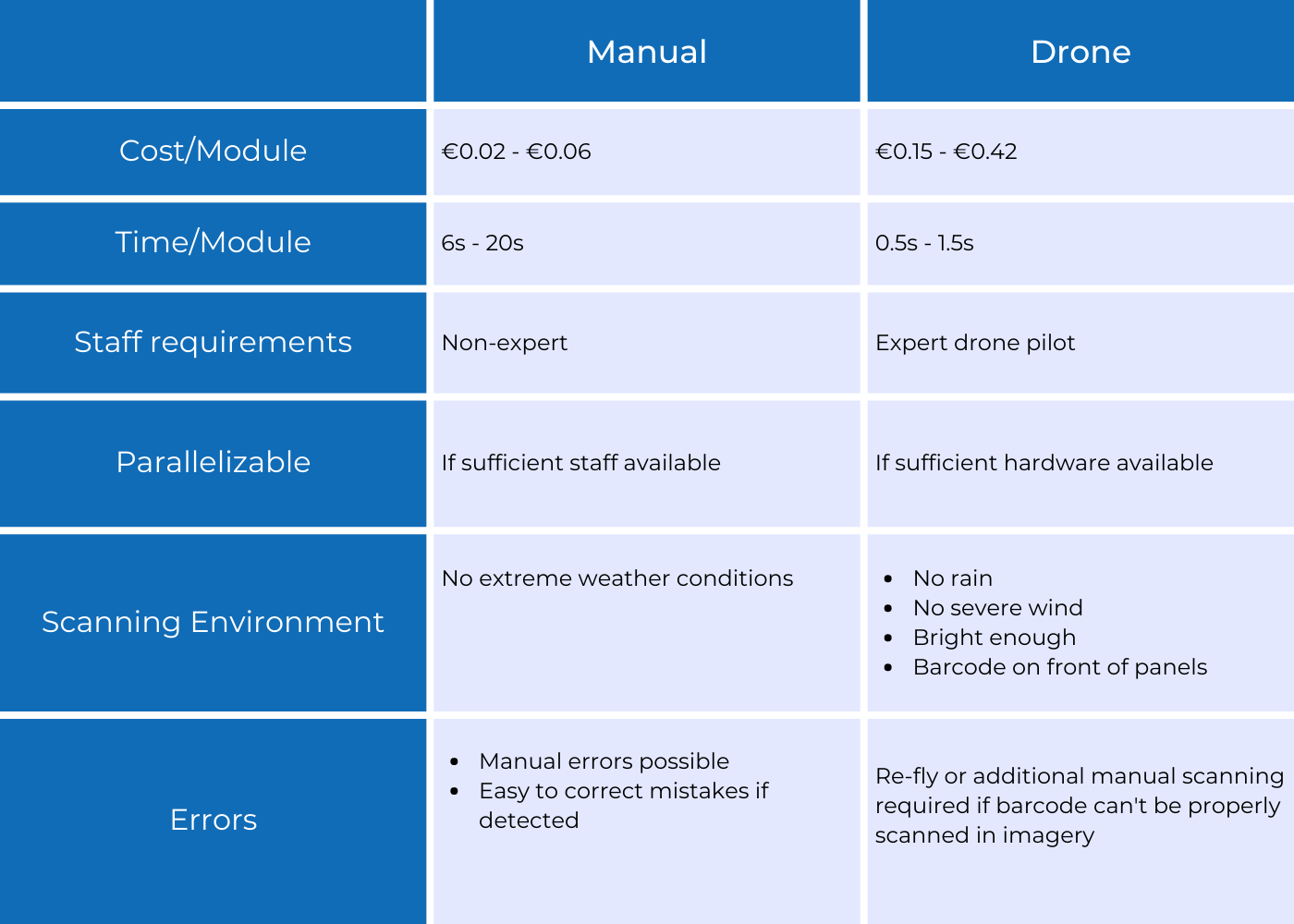
Digital Twin
No matter how you gather the serial numbers, keeping track of them is not an easy task. A geo-located digital twin can help you store this data in a structured way.
For targeted scanning, a digital twin with an accompanying field application can efficiently guide you to the modules you must scan. It keeps track of which modules you’ve scanned already and automatically stores the serial numbers in the cloud, so you can’t easily lose them.
When bulk scanning, the barcodes can be stored in the digital twin in a structured way. It ensures you don’t quickly lose the data. Because it’s linked to the modules, you’ll automatically have the serial number available whenever an anomaly occurs on a particular module. This also allows you to spot batch issues and eases the warranty claim process.
Summary
Sooner or later, some of your modules will break, and you’ll need their serial numbers to file a warranty claim or issue a replacement. Whether you want to be prepared and register the serial numbers of all your modules upfront or quickly gather the ones you need when you need them, a digital twin with an accompanying field application can help you structure that process. The exact business case for manual vs. drone-based scanning will depend on how many modules show defects and which type of staff you can gather for the job. Think about your use case and do what’s right for you.
Do you want to find out more? Get in touch with us to discuss your project!
Are you already a customer and want to get started with using the Field link, check out our support article.


